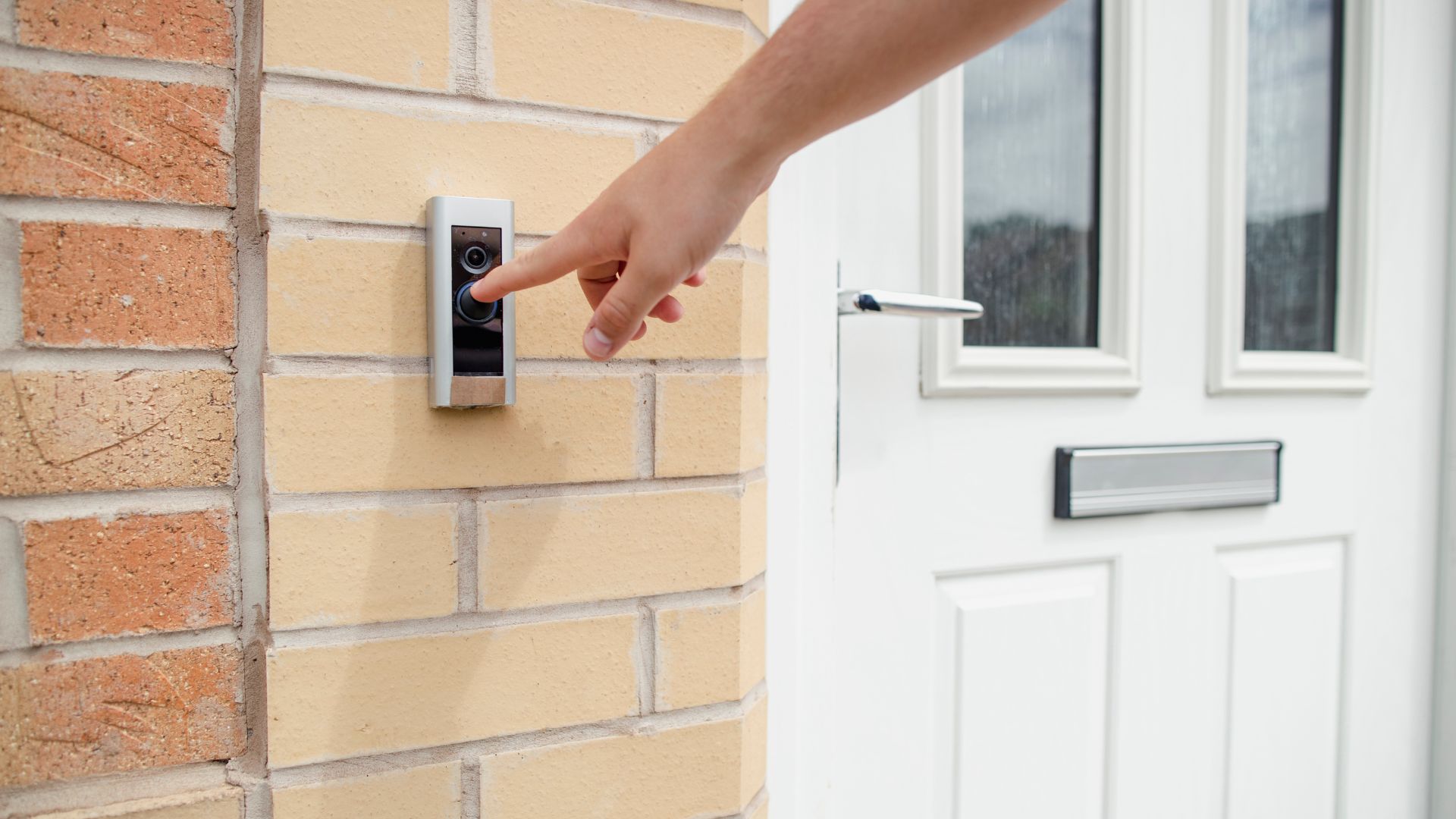

Articles
What Voltage Does A Ring Doorbell Need
Modified: October 21, 2024
Discover the optimal voltage requirement for a Ring Doorbell in our informative articles. Ensure your installation is successful with the right power supply.
(Many of the links in this article redirect to a specific reviewed product. Your purchase of these products through affiliate links helps to generate commission for Storables.com, at no extra cost. Learn more)
What Voltage Does A Ring Doorbell Need – Introduction
Ring doorbells have gained immense popularity in recent years due to their convenient features and ability to enhance home security. These smart doorbells allow homeowners to monitor and interact with visitors remotely, providing a sense of convenience and peace of mind.
One crucial aspect to consider when installing a Ring doorbell is the voltage requirement. The voltage not only determines the doorbell’s power source but also affects its functionality and performance. In this article, we will explore the voltage requirements for Ring doorbells and provide essential information to help you determine the ideal voltage for your specific model.
Understanding the voltage needs of your Ring doorbell is essential to ensure proper functioning and prevent any potential damage to the device. Installing the wrong voltage could result in unreliable performance, frequent blackouts or insufficient power to run the various features of the doorbell.
Next, we will delve into how Ring doorbells work and the role that voltage plays in their operation, so you can better grasp the significance of this aspect when it comes to powering your doorbell.
Key Takeaways:
- Understanding the voltage requirements for your Ring doorbell is crucial to ensure optimal performance and prevent potential damage. Whether battery-powered or wired, matching the correct voltage is essential for reliable operation.
- Troubleshooting voltage-related issues, such as insufficient power supply or fluctuations, is vital for maintaining the seamless functionality of your Ring doorbell. Regular checks and proper connections are key to ensuring a smooth user experience.
Read more: What Does The Ring Doorbell Do
How Ring Doorbells Work
Ring doorbells are a type of smart doorbell that allows you to see, hear, and speak to visitors at your door using your smartphone or tablet. They operate using a combination of hardware and software components to provide a seamless and convenient user experience.
At the heart of a Ring doorbell is a high-definition camera that captures live video of your doorstep. This camera is equipped with motion sensors that detect movement and trigger recordings or alerts. When someone approaches your door, whether it’s a family member, friend, or delivery person, the motion sensors will activate the camera and send a notification to your mobile device.
Once you receive the alert, you can open the Ring app on your smartphone or tablet to view the live video feed from your doorbell. This allows you to see who is at your doorstep in real-time, even when you’re not at home. The two-way audio feature enables you to communicate with the visitor through the built-in microphone and speaker on the doorbell.
In addition to the live video and two-way audio capabilities, Ring doorbells also offer cloud storage for recorded footage. This means that any motion-triggered events or manually recorded videos will be stored in the cloud, accessible through the Ring app. This allows you to review past events at any time and provides evidence in the case of any incidents or suspicious activities.
Now that you understand the basic functionality of Ring doorbells, it’s important to know the power requirements to ensure smooth operation. In the next section, we will explore the specific voltage requirements for Ring doorbells.
Power Requirements for Ring Doorbells
Ring doorbells require a stable and reliable power source to function optimally. The power requirements will vary depending on the model of the Ring doorbell you have. It is crucial to understand these requirements to ensure compatibility and prevent any potential issues.
Most Ring doorbell models are designed to operate using low voltage power sources, typically ranging from 8 volts to 24 volts. This low voltage requirement allows for a safe and efficient power supply without the need for high-voltage electrical wiring.
There are two main options for powering your Ring doorbell: battery-powered or wired connection. Battery-powered Ring doorbells use rechargeable batteries, eliminating the need for a wired connection. This makes installation much simpler, as there is no need to run wires from your doorbell to an existing power source. However, battery life can vary depending on usage, and you may need to recharge or replace the batteries periodically.
On the other hand, wired Ring doorbells are connected to your home’s existing doorbell wiring. This connection provides a continuous power supply to the doorbell, eliminating the need for battery charging or replacement. If you choose to use the wired option, it is important to check if your existing doorbell wiring meets the voltage requirements of your Ring doorbell model.
To determine the voltage requirement for your specific Ring doorbell model, you can refer to the manufacturer’s documentation or visit their official website. This information is essential to ensure that your Ring doorbell receives the correct voltage, preventing any potential damage to the device due to insufficient or excessive power.
Once you have determined the voltage requirement of your Ring doorbell, you can proceed with the installation and wiring process, which we will discuss in the next section.
Determining the Voltage for Your Ring Doorbell
Before installing and wiring your Ring doorbell, it is crucial to determine the voltage requirement for your specific model. The voltage needed will depend on the model and type of Ring doorbell you have. Fortunately, determining the voltage is a simple process that ensures optimal performance and avoids any potential issues.
The first step is to identify the specific model of your Ring doorbell. You can usually find this information on the packaging or in the documentation that came with the device. If you are unsure about the model, you can visit the official Ring website or contact their customer support for assistance.
Once you know the model, you can refer to the manufacturer’s documentation or website to find the voltage requirement. This information will be clearly specified, ensuring that you provide the correct power source to your Ring doorbell.
Some common voltage requirements for Ring doorbells include 8 volts, 12 volts, and 24 volts. It is essential to note that using a voltage lower or higher than the specified requirement can result in unreliable operation, power fluctuations, or even damage to the doorbell.
If you have an existing wired doorbell system and plan to connect your Ring doorbell to it, you need to check the voltage of your existing wiring. You can do this by turning off the power to your doorbell circuit at the main electrical panel and using a multimeter to measure the voltage across the wires where the doorbell is connected. Alternatively, you can consult a qualified electrician to assist you in determining the correct voltage.
It is important to ensure that your Ring doorbell’s voltage requirement matches the voltage output of your existing wiring. If they do not align, you may need to consider alternative power options, such as using a plug-in adapter or upgrading your existing wiring to meet the voltage requirements.
By accurately determining the voltage requirement for your Ring doorbell, you can proceed with the installation and wiring process confidently, ensuring a smooth and trouble-free operation.
The Ring Doorbell typically requires a voltage of 8-24V AC for proper operation. It is important to check the voltage of your existing doorbell transformer before installing the Ring Doorbell to ensure compatibility.
Installing and Wiring Your Ring Doorbell
Now that you have determined the voltage requirement for your Ring doorbell and have all the necessary information, it’s time to proceed with the installation and wiring process. Proper installation is crucial to ensure the optimal performance and functionality of your Ring doorbell.
Before starting the installation, make sure to turn off the power to your existing doorbell at the main electrical panel. This step is important to prevent any electrical accidents or damage during the installation process.
If you have a battery-powered Ring doorbell, the installation process is relatively straightforward. Start by removing the existing doorbell if you have one, or choose a suitable location for the doorbell. Secure the mounting bracket to the wall using the provided screws and anchors. Insert and charge the batteries in the doorbell, then attach it to the mounting bracket. Follow the instructions provided by Ring to complete the setup process, which typically involves connecting the doorbell to your home’s Wi-Fi network and customizing the settings through the Ring app on your mobile device.
If you have a wired Ring doorbell, you will need to connect it to your existing doorbell wiring. Start by removing the existing doorbell and disconnecting the wires. If necessary, you may need to trace the wires back to the source to ensure they meet the voltage requirement. Once you have identified the correct voltage wires, connect them to the corresponding terminals on the Ring doorbell. Use wire nuts or another appropriate method to secure the connections. Mount the doorbell using the provided screws and anchors, and then restore power to your doorbell circuit. Follow the instructions provided by Ring to complete the setup process and customize the settings through the Ring app.
It is important to follow the manufacturer’s instructions carefully during the installation process to ensure everything is done correctly. This includes properly sealing any outdoor connections to protect them from the elements and testing the functionality of the doorbell before completing the installation.
If you are unsure about the installation or wiring process, it is always recommended to consult a qualified electrician to ensure your safety and the proper functioning of your Ring doorbell.
With your Ring doorbell installed and properly wired, you can now enjoy the convenience and security it brings to your home. You can monitor and interact with visitors at your doorstep from anywhere using your smartphone or tablet, enhancing your home’s security and providing peace of mind.
Read more: When Does Ring Doorbell Record
Troubleshooting Voltage Issues
While installing and wiring your Ring doorbell, you may encounter voltage-related issues that can affect its performance. It is important to troubleshoot and resolve these issues to ensure that your Ring doorbell operates optimally and reliably.
One common voltage issue is insufficient power supply. If your Ring doorbell is not receiving enough voltage, it may not function properly or may not work at all. To troubleshoot this issue, start by checking the voltage output of your wiring using a multimeter. If the voltage is below the specified requirement for your Ring doorbell model, you may need to upgrade your wiring or consider using a plug-in adapter to provide the necessary power. Consult a qualified electrician if you are unsure about the process or need assistance.
On the other hand, if you are experiencing high voltage or power fluctuations, it can also cause problems with your Ring doorbell. Fluctuating voltages can lead to erratic behavior, frequent disconnections, or even damage to the device. In this case, it is important to identify the source of the voltage fluctuations and address the issue. It could be a problem with your electrical panel or wiring, and it is recommended to consult a professional electrician to investigate and resolve the issue.
If you are using a battery-powered Ring doorbell, troubleshooting voltage issues may involve checking the battery level. If your doorbell is not holding a charge or the battery life is significantly reduced, it may indicate a faulty battery or charging issue. Make sure to use the correct charger provided by Ring and ensure that the battery is inserted properly. If the battery problem persists, contact Ring customer support for further assistance or to inquire about a replacement battery.
Additionally, it is a good practice to regularly check the connections between the doorbell and the wiring. Loose or poorly secured connections can lead to voltage fluctuations or intermittent power, affecting the performance of your Ring doorbell. Ensure that the wires are properly connected and use appropriate wire nuts or connectors to secure them in place.
If you have followed the troubleshooting steps and are still experiencing voltage-related issues with your Ring doorbell, it is recommended to reach out to Ring customer support for further assistance. They have a team of experts who can provide guidance and help resolve any technical issues you may encounter.
Remember that proper voltage supply is crucial for the smooth operation of your Ring doorbell. By troubleshooting and resolving any voltage-related issues, you can ensure that your doorbell works reliably and provides you with the convenience and security that it is designed to deliver.
Conclusion
Choosing the right voltage for your Ring doorbell is essential for its proper functioning and optimal performance. Understanding the power requirements and ensuring a reliable power supply is crucial to enjoy the convenience and security that Ring doorbells offer.
When installing your Ring doorbell, it is important to determine the voltage requirement for your specific model. This information can be found in the manufacturer’s documentation or on their official website. By matching the correct voltage to your Ring doorbell, you can ensure that it receives the necessary power to operate effectively.
Whether you have a battery-powered or wired Ring doorbell, following the installation and wiring instructions is vital. Properly connecting the doorbell to your power source and securing the wiring ensures a stable and reliable power supply. In case you encounter any voltage-related issues, troubleshooting the problem promptly by checking the voltage output, connections, and battery level can help resolve the issue and maintain the optimal functionality of your Ring doorbell.
In situations where you are unsure or uncomfortable with the installation or troubleshooting process, it is always recommended to seek assistance from a qualified electrician or contact Ring customer support. They can provide guidance and help you address any voltage-related issues to ensure that your Ring doorbell operates seamlessly.
By understanding and meeting the voltage requirements of your Ring doorbell, you can enjoy the benefits of increased home security, the convenience of remote monitoring, and the peace of mind that comes with these smart devices. So, take the time to determine the correct voltage, follow the installation guidelines, and troubleshoot any voltage-related issues to make the most of your Ring doorbell.
Curious about enhancing your home's safety? Our detailed guide on home security offers vital insights that every homeowner should consider. Also, if you're setting up a new doorbell, understanding the correct setup is key. Dive into our practical advice on doorbell installation to ensure your system works flawlessly from day one. Both pieces are packed with useful tips to upgrade your residence's functionality and security.
Frequently Asked Questions about What Voltage Does A Ring Doorbell Need
Was this page helpful?
At Storables.com, we guarantee accurate and reliable information. Our content, validated by Expert Board Contributors, is crafted following stringent Editorial Policies. We're committed to providing you with well-researched, expert-backed insights for all your informational needs.
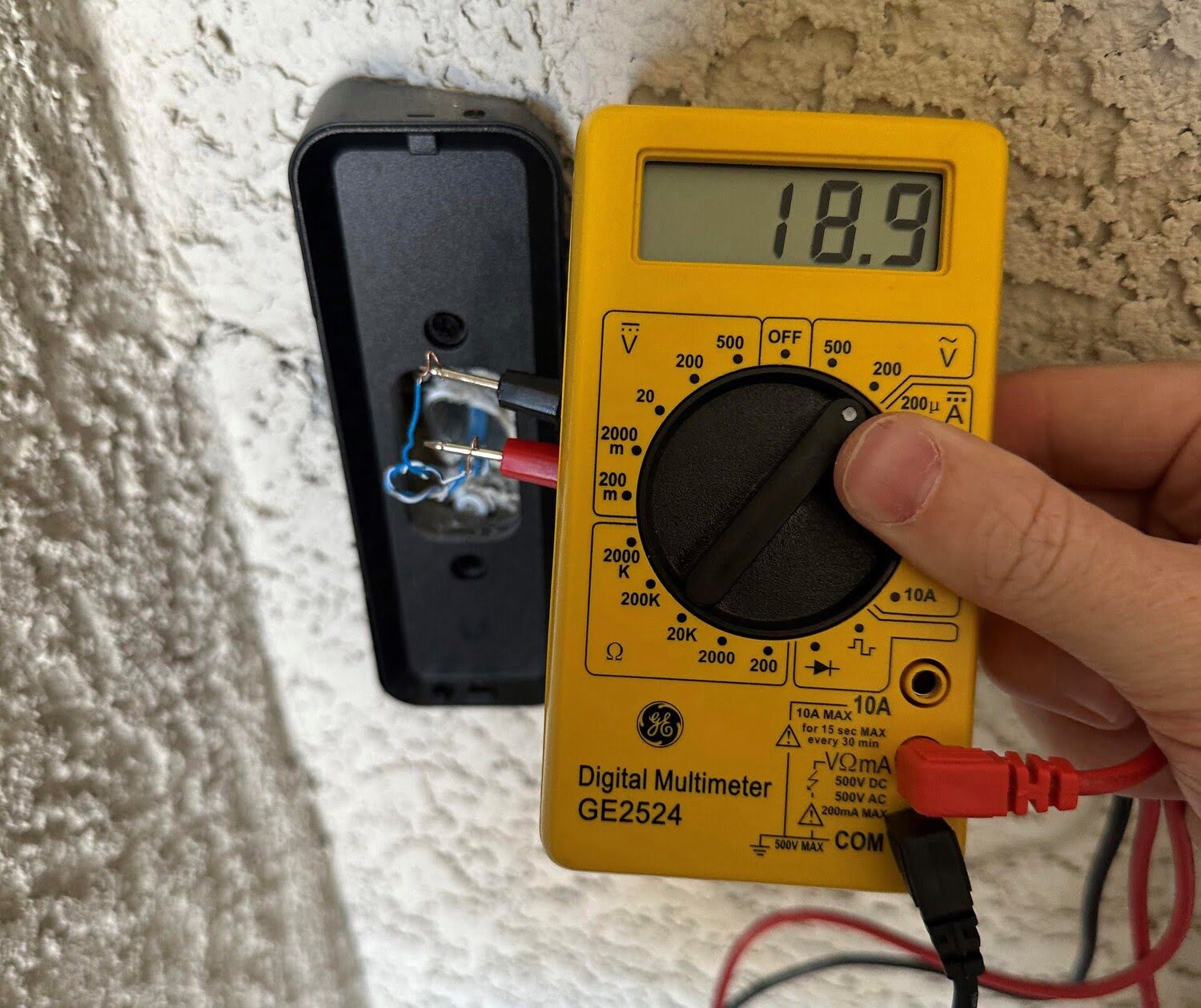
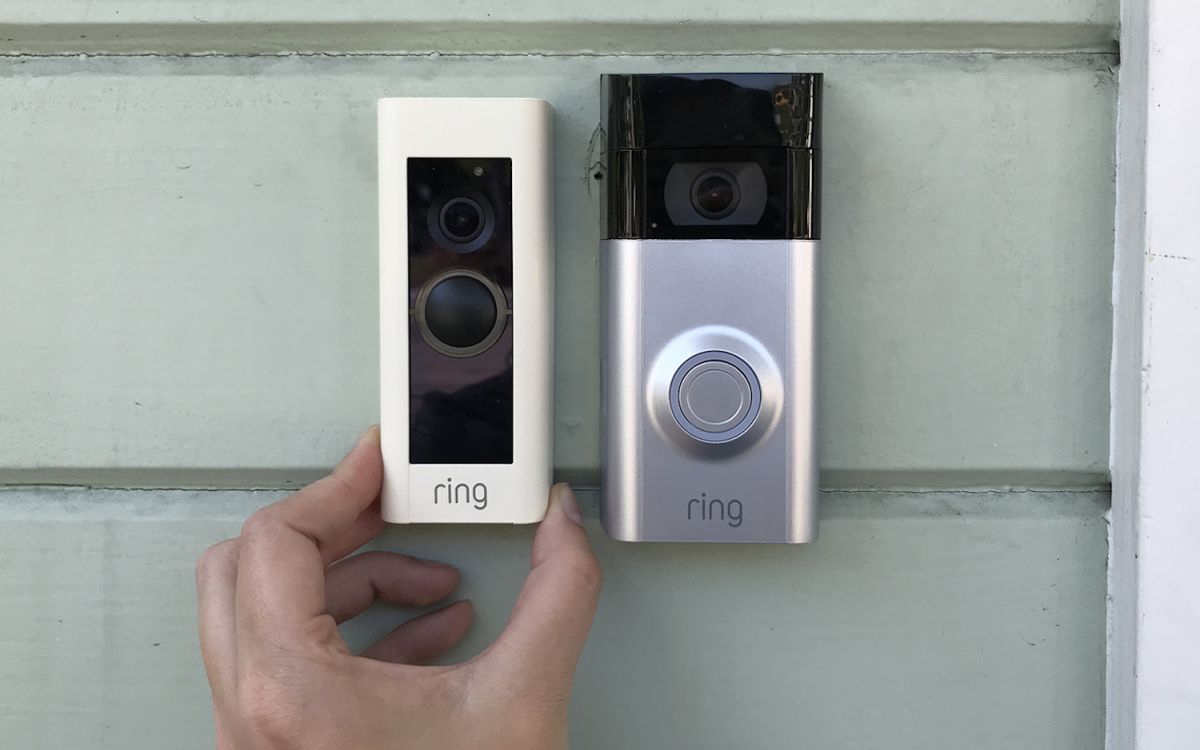
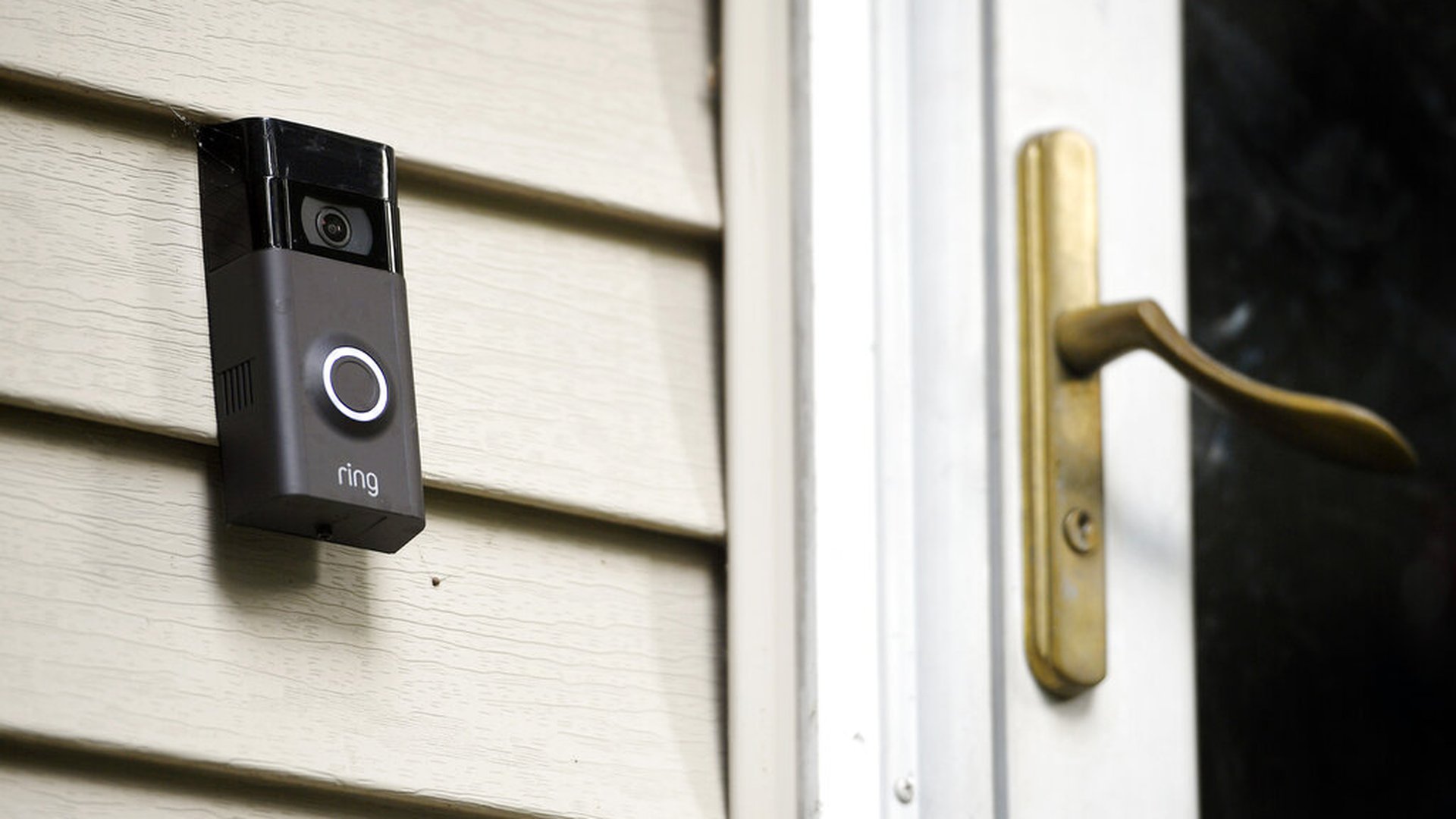
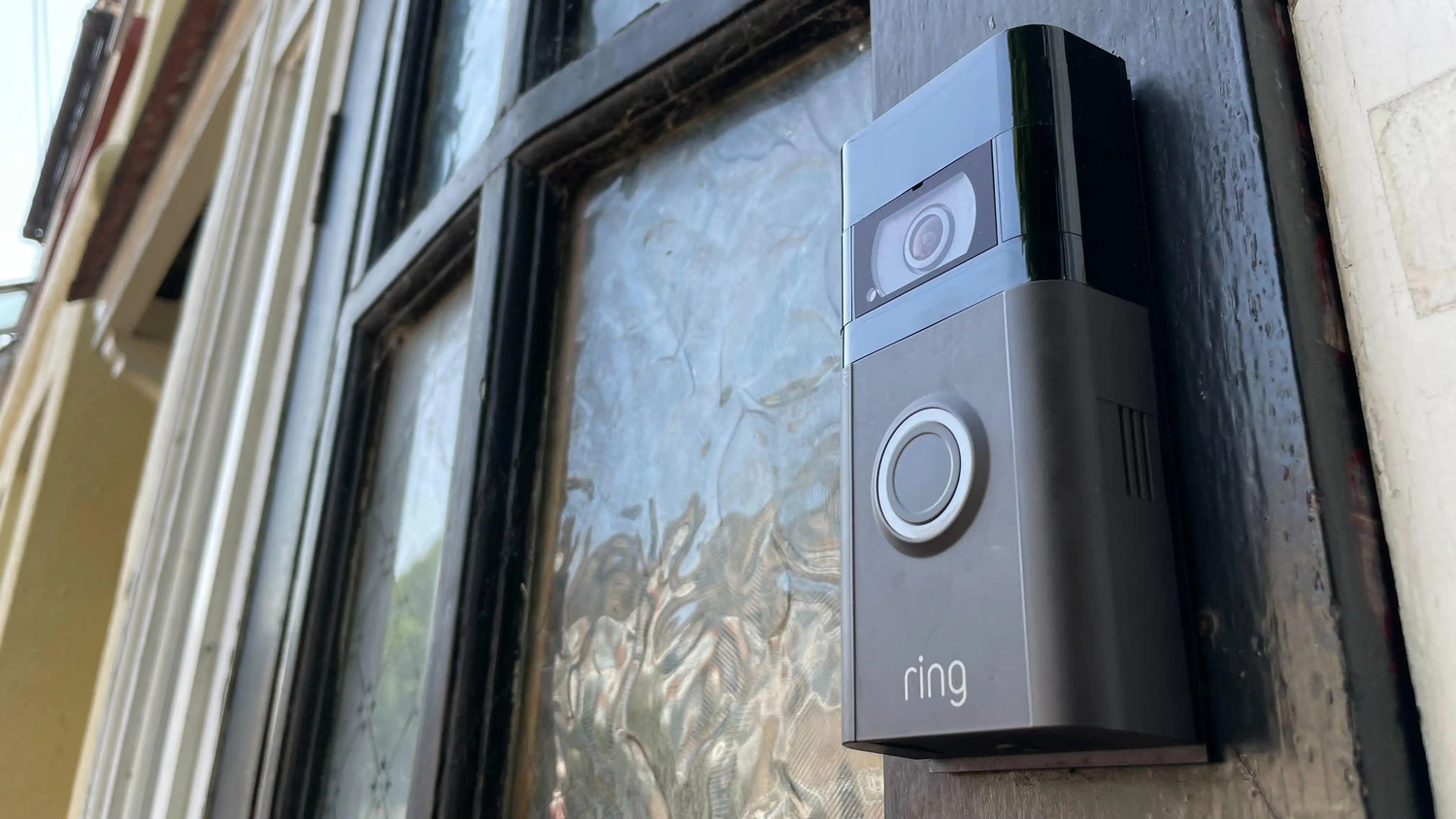
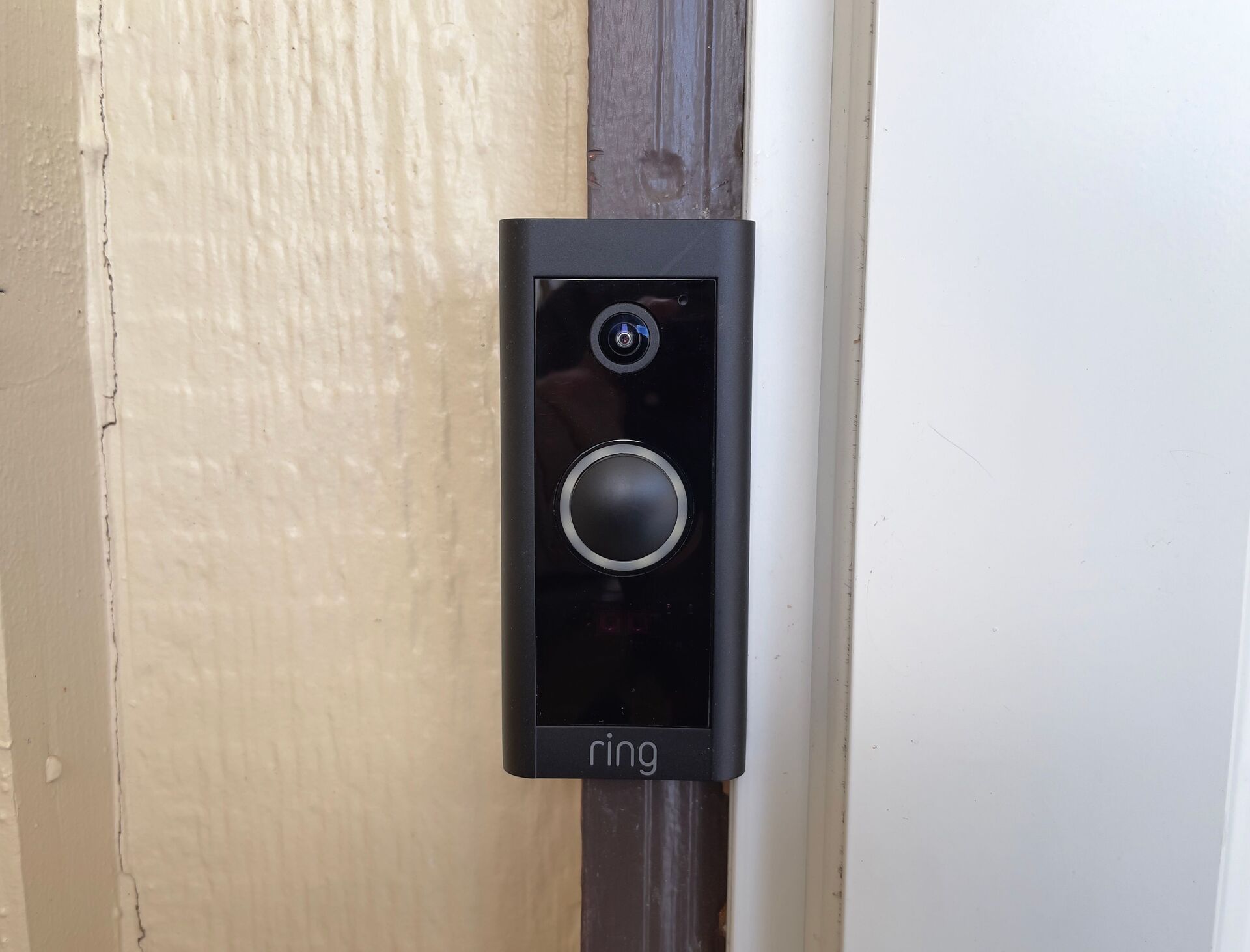
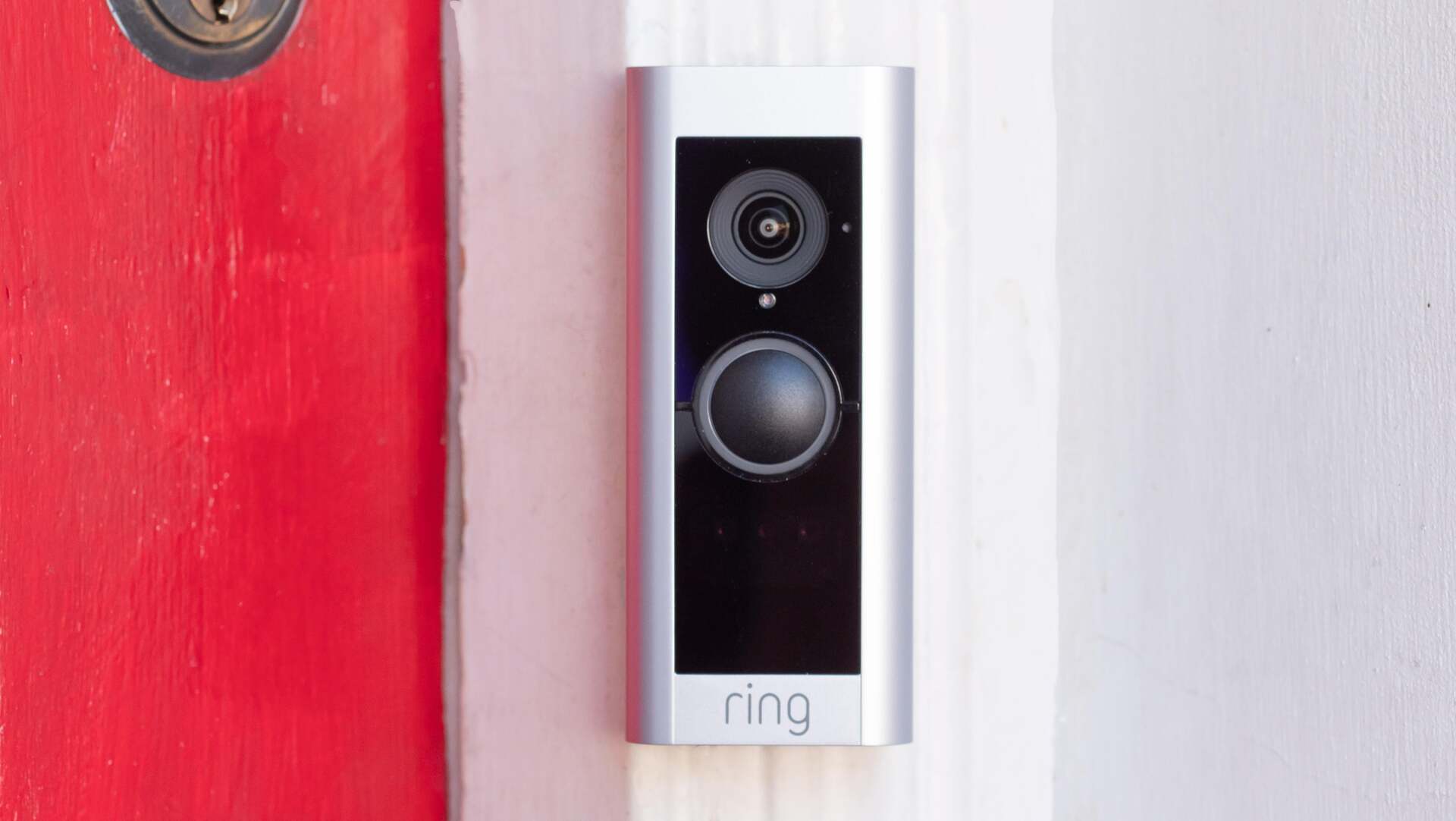
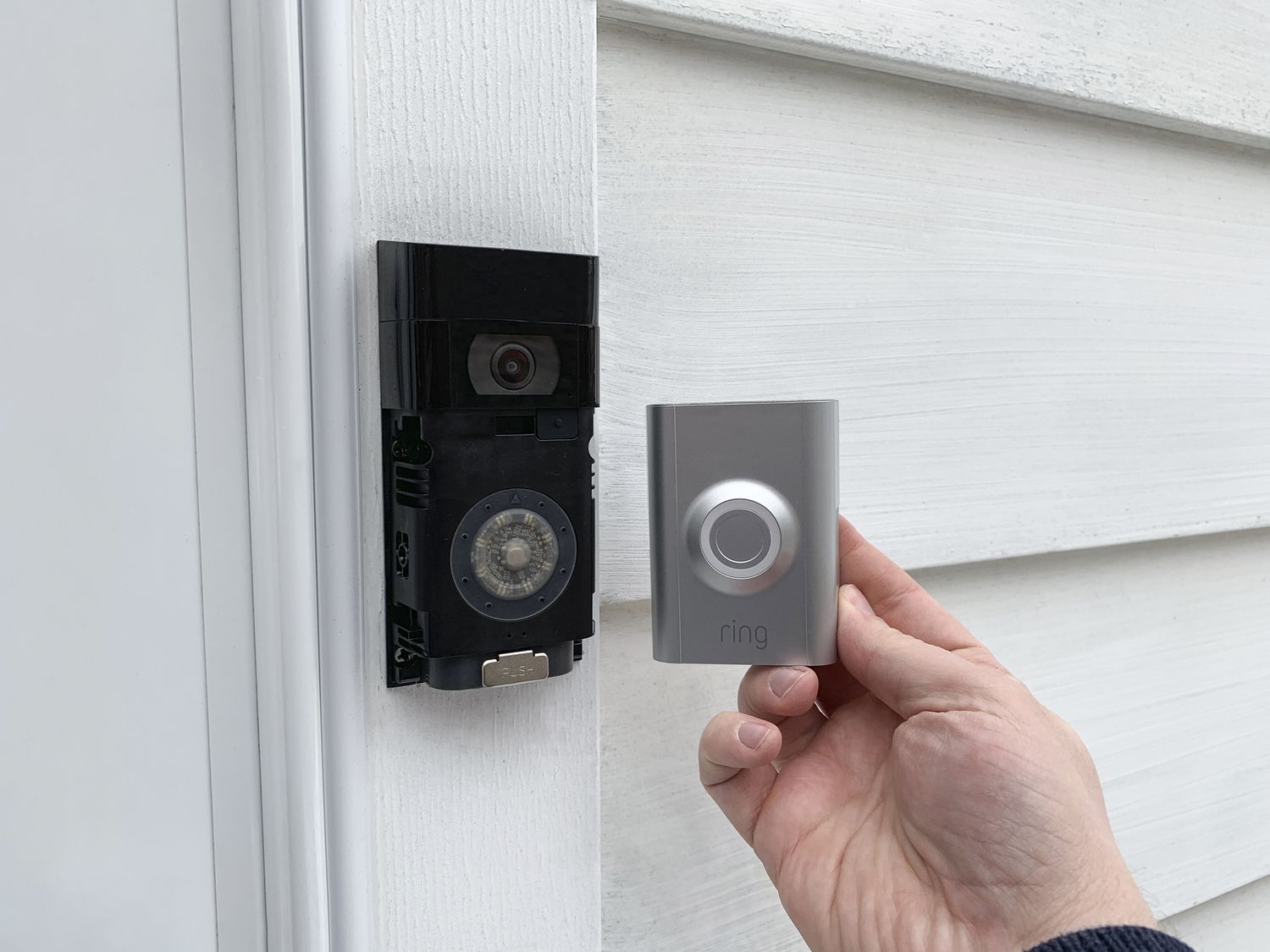
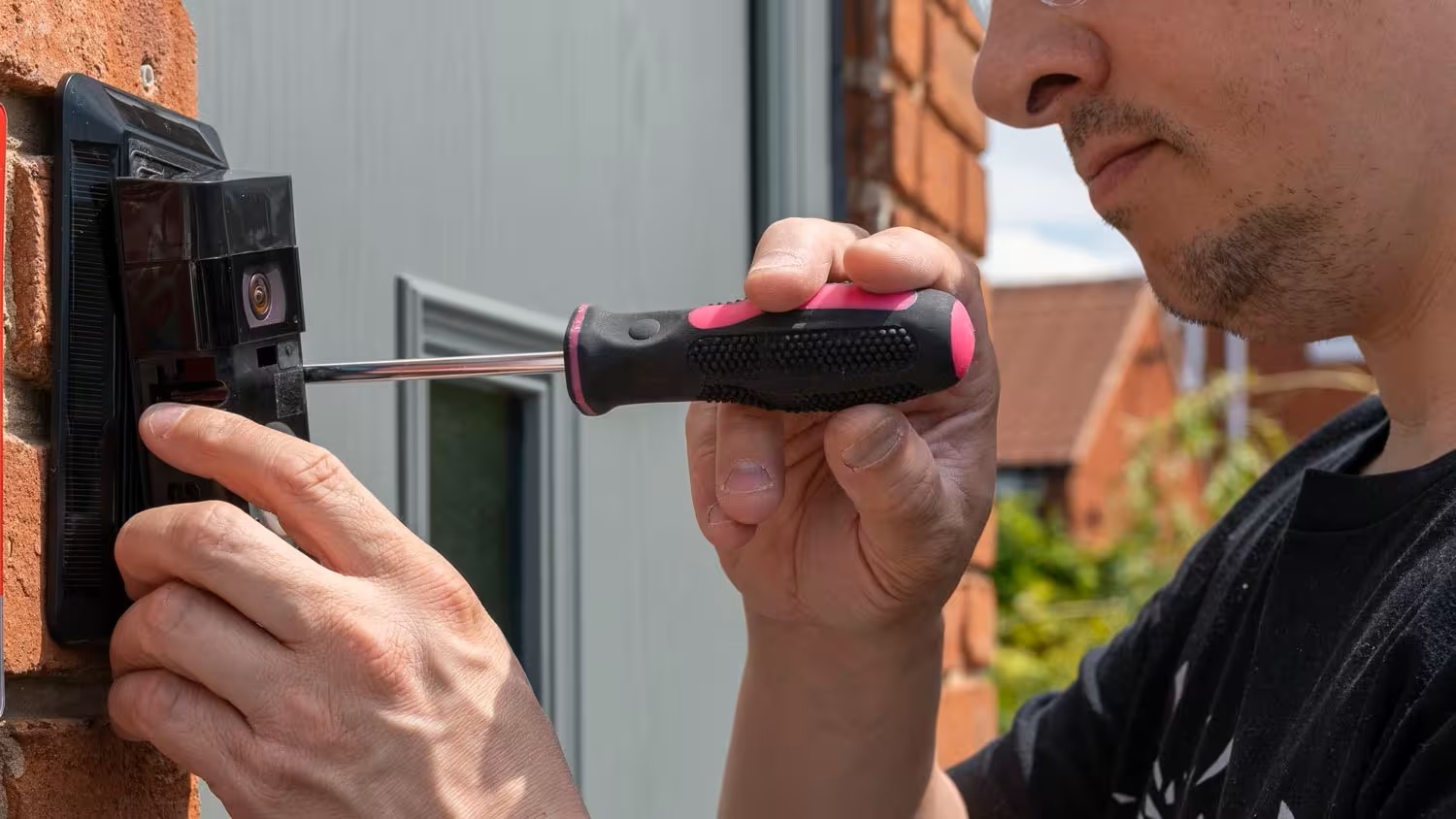
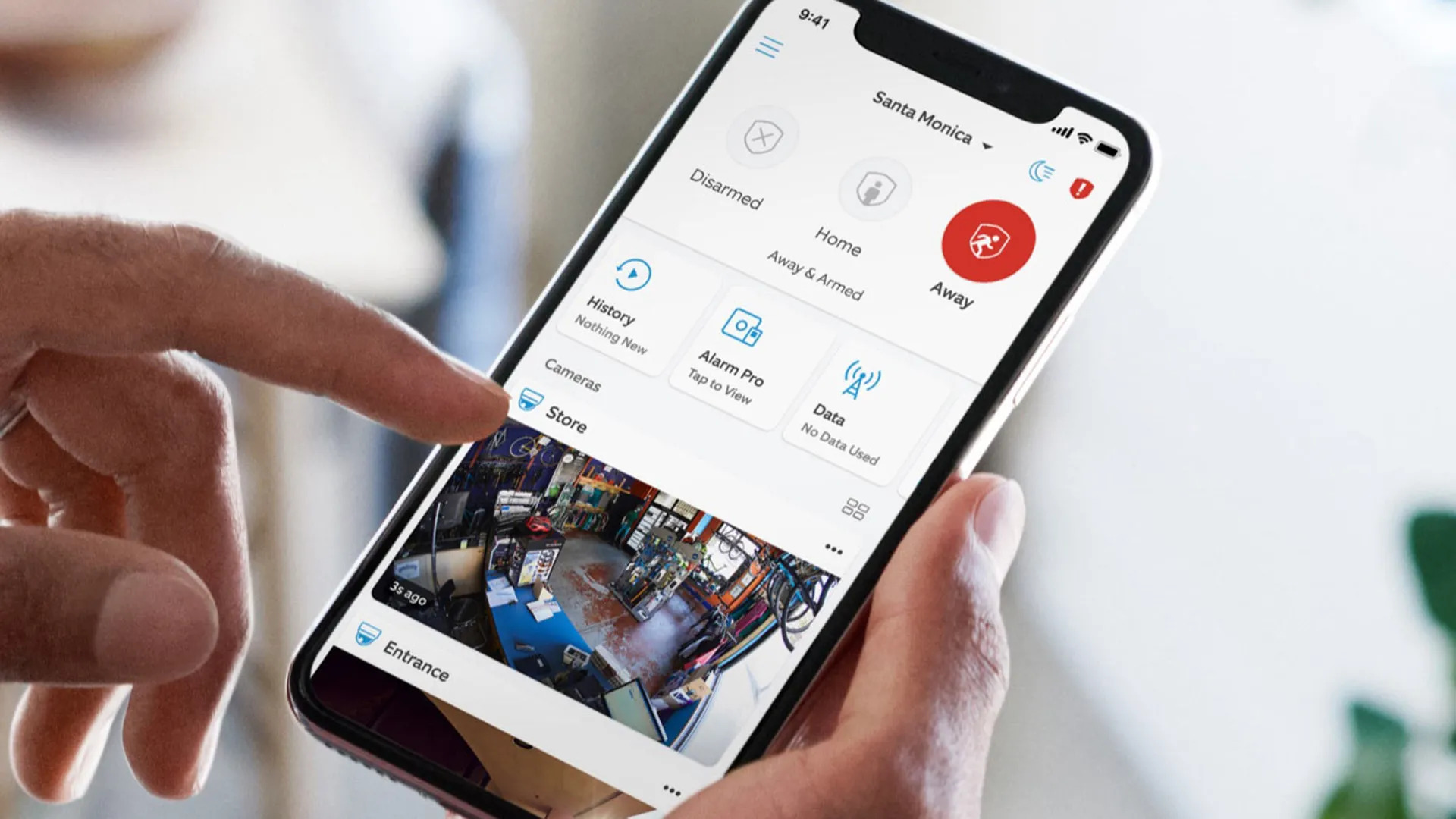
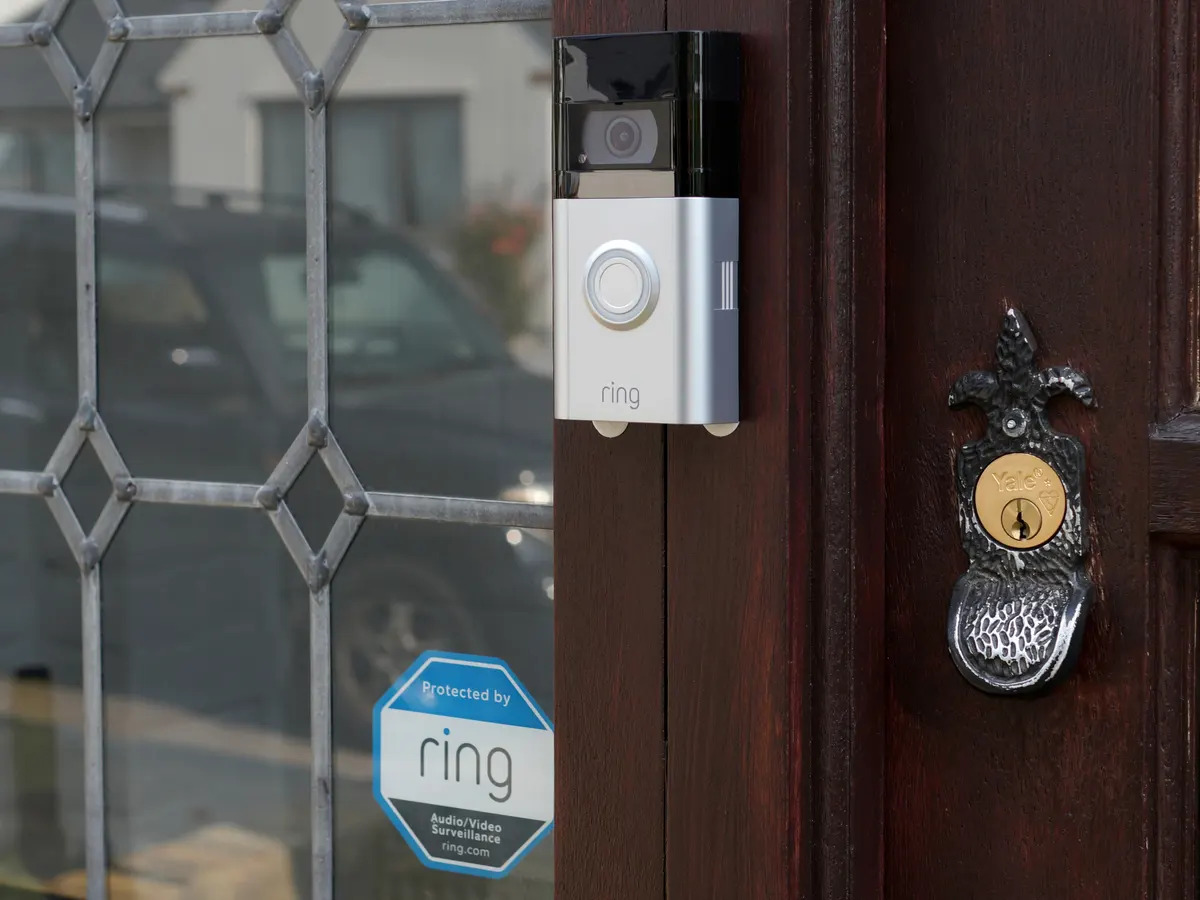
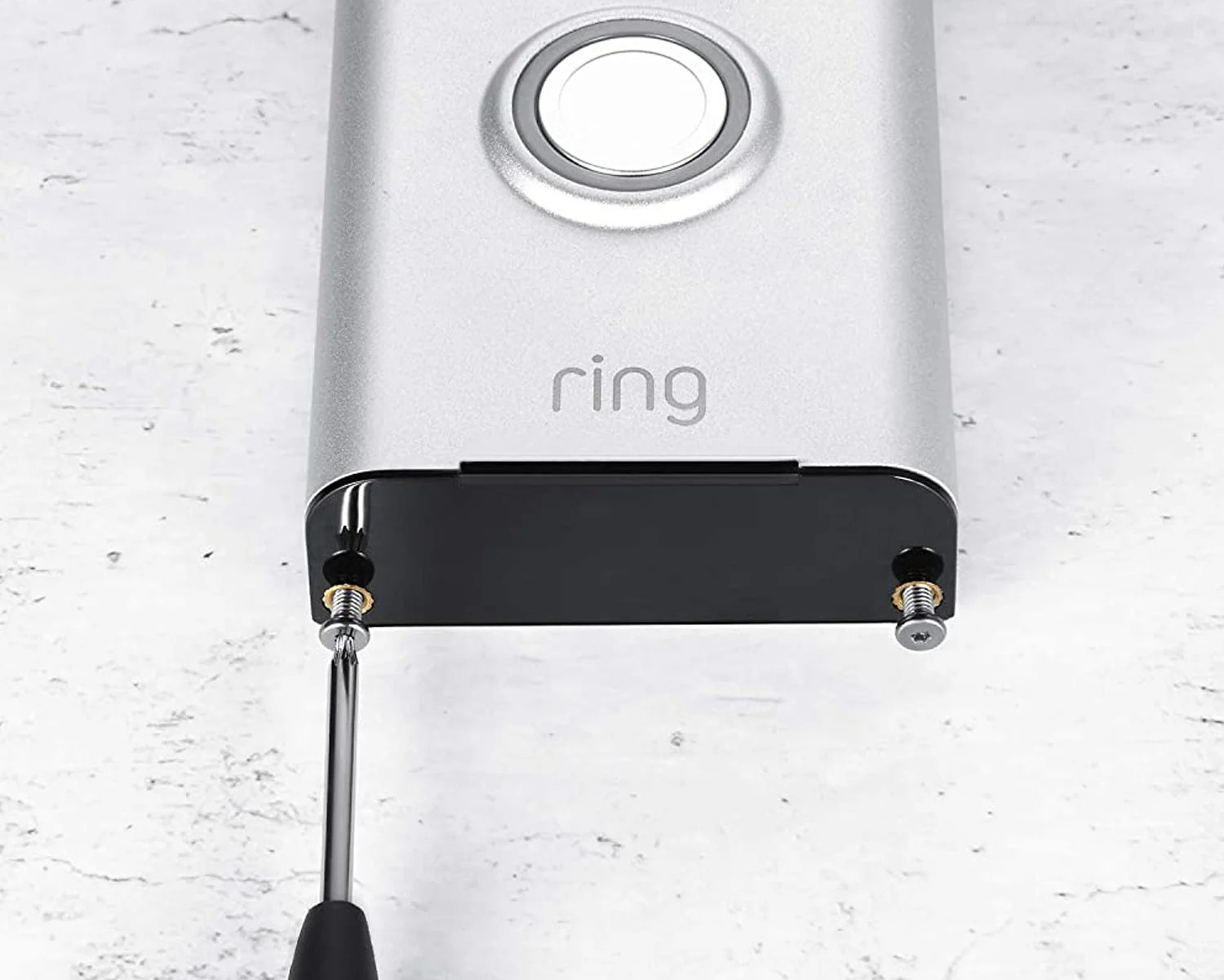


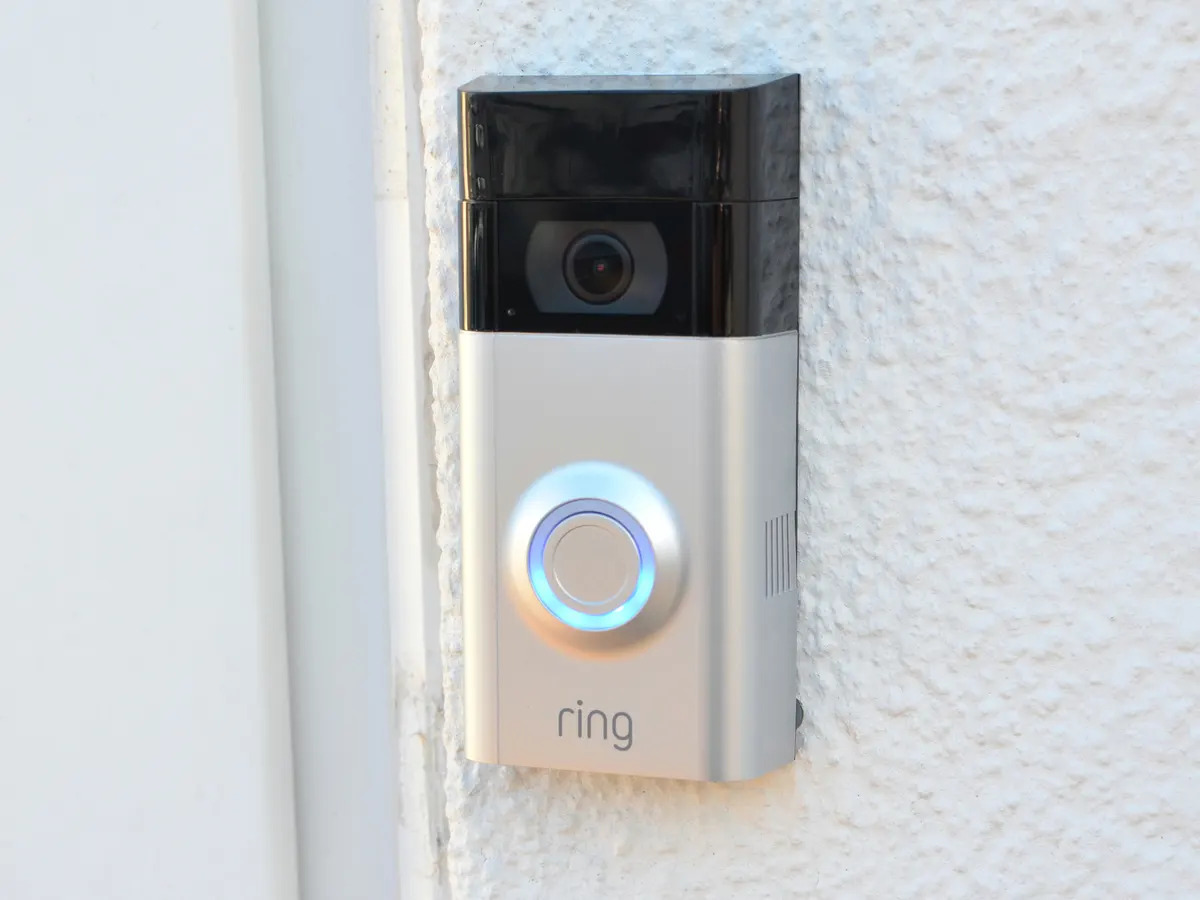

0 thoughts on “What Voltage Does A Ring Doorbell Need”